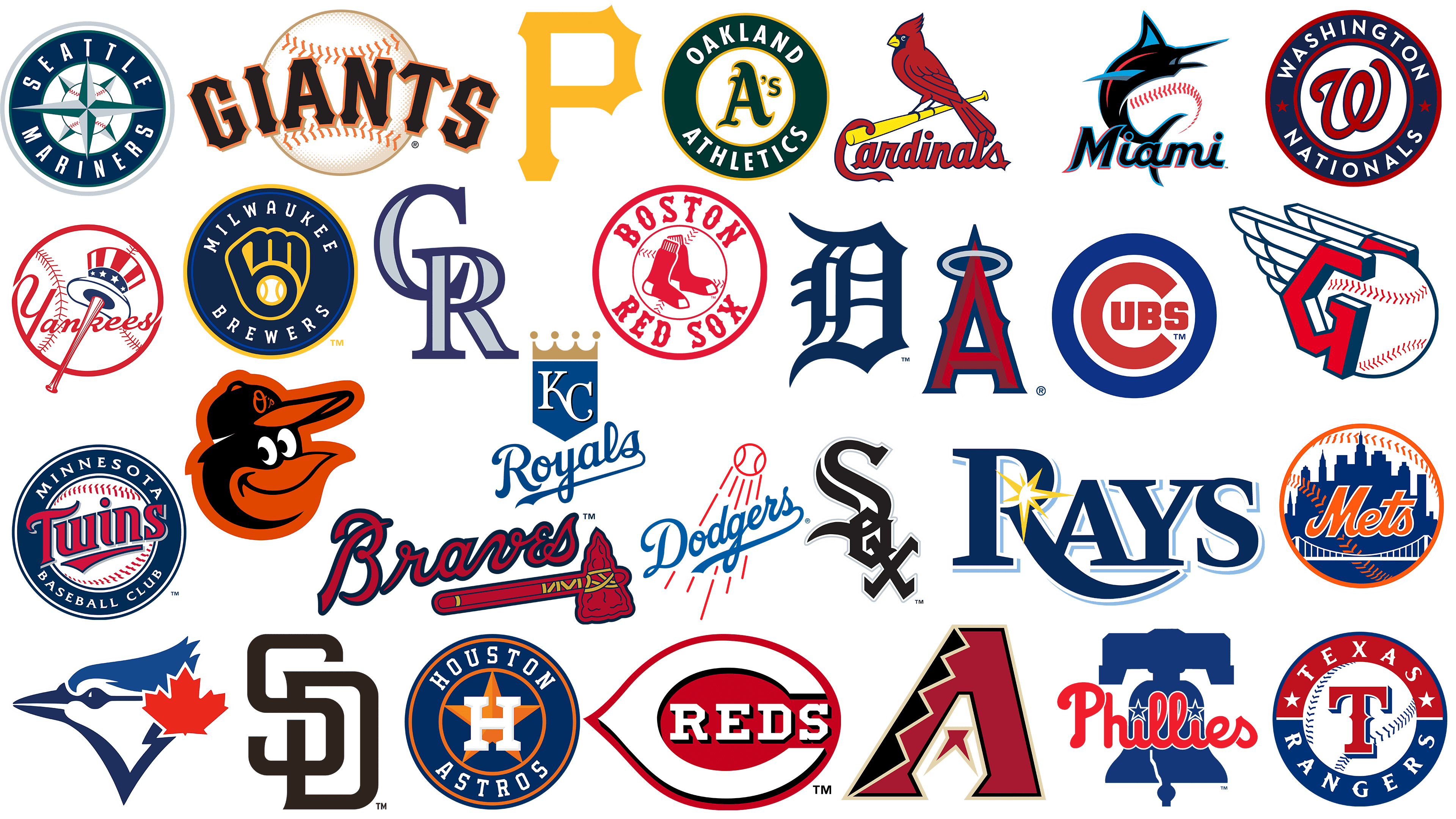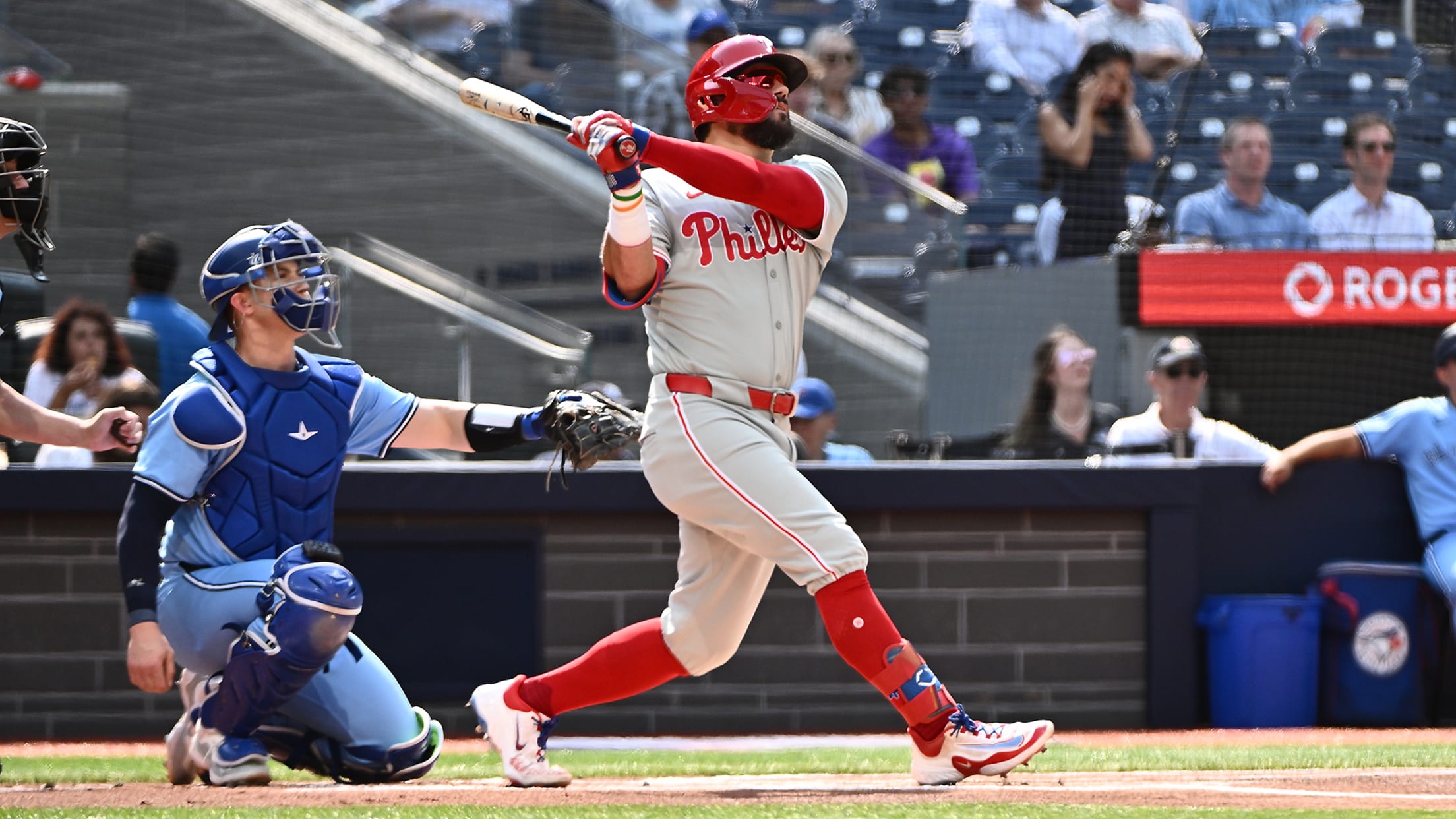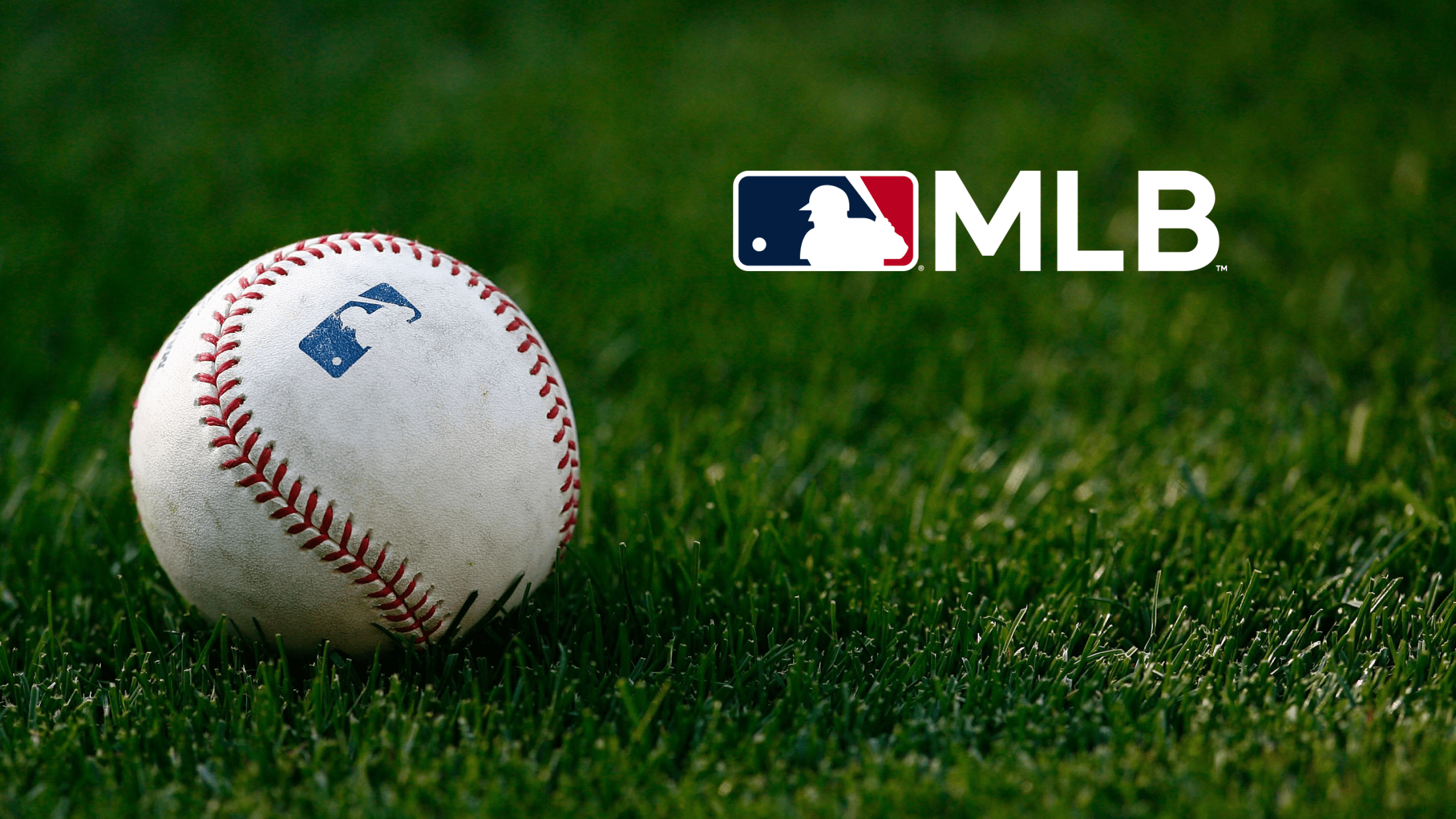For anyone who loves baseball, knowing what the sky holds for game day is, you know, a big deal. It's not just about bringing an umbrella or finding a spot in the shade; the conditions outside truly change how the sport plays out. From a sudden downpour that stops a contest in its tracks to a gust of wind that helps a fly ball clear the fence, the elements are, in a way, another player on the field. Fans, coaches, and even the players themselves keep a close watch on what the atmosphere is doing, because it shapes so much of what we see.
You might be checking live scores on a site like ESPN, or perhaps looking at the official standings over on mlb.com, and wonder why a game got delayed or why a certain player seemed to struggle. Well, often, the answer can be found by looking up. The air's chill, the sun's glare, or a passing shower can affect everything from how a pitcher grips the ball to how a fielder chases a pop-up. It's really a constant conversation between the sport and the natural world, affecting every pitch and every swing.
This deep connection means that keeping an eye on the MLB weather forecast is more than just a casual interest; it's a key part of following the game. Whether you're tracking your fantasy team, trying to understand why a team's projections might shift, or just wanting to enjoy a good match without interruptions, understanding the atmospheric conditions gives you a much fuller picture. It helps explain the drama, the unexpected turns, and the sheer unpredictability that makes baseball so captivating, too it's almost.
- Ssh Raspberry Pi Iot Price
- Softwe If%C5%9Fa
- Only Fans Ms Sethi
- Remotely Ssh To Iot Device Free
- Temporary Replacement Show
Table of Contents
- Why does the MLB weather forecast matter so much for game outcomes?
- How does the MLB weather forecast affect player performance?
- What role does the MLB weather forecast play in game scheduling?
- How do official sources provide MLB weather forecast information?
- Where can you find live MLB weather forecast updates during a game?
- How do MLB weather forecast details influence betting odds?
- What are the long-term effects of the MLB weather forecast on a season?
- Can the MLB weather forecast impact team standings?
Why does the MLB weather forecast matter so much for game outcomes?
The state of the atmosphere truly holds a lot of sway over how a baseball game unfolds. Think about it: a sunny day with clear skies is a very different setting than a blustery afternoon or a chilly evening. These conditions can change everything from how far a ball travels after it's hit to how well a player can see a pitch coming their way. A strong wind blowing out towards the outfield, for instance, might help a batter turn a routine fly ball into a home run, while a wind blowing in could turn a potential long ball into an easy out. So, the forecast isn't just background noise; it's a vital element that can shift the balance of play.
When you're checking live scores on a platform like ESPN, or perhaps looking at the latest news from CBS Sports, you might see updates about games being delayed or even called off. This is almost always because of what the sky is doing. Heavy rain makes the field unsafe and can make it impossible for players to perform their best. Lightning is, of course, a serious safety concern for everyone involved. These interruptions mean games might be shortened, rescheduled, or even played at a different venue, all of which directly impacts the flow of the season and, in a way, the final results we see.
The overall atmosphere also affects the feel of the game for the players. A cold night can make it harder for pitchers to get a good grip on the ball, potentially leading to more walks or wild pitches. On the other hand, a hot, humid day can tire players out faster, affecting their endurance over nine innings. These factors, while seemingly small, add up to influence individual performances and, consequently, the overall outcome of a match. You know, it’s all connected.
- Iot Platform Remote Connect
- Remoteiot Platform Free Download
- Remoteiot Platform Free
- Undressher Ai
- Remoteiot Visualize Data Online Free
How does the MLB weather forecast affect player performance?
The conditions outside have a real impact on what players can do on the field. Take a batter, for instance. If there's a strong crosswind, it might make it much harder to track a pitch or to hit the ball squarely. A pitcher, too it's almost, has to deal with how the air feels. On a cold evening, their fingers might feel stiff, making it tougher to throw a curveball with the right spin. This can directly influence their ability to get outs or keep runs off the scoreboard.
We see this play out in player stats, which are tracked closely by sites like CBS Sports and Sporting News. A slugger like the Mariners star Raleigh, who is a big home run hitter, might find certain conditions more favorable for sending balls over the fence. A strong tailwind, for example, could give his hits an extra push. Conversely, a day with heavy, damp air might make the ball feel heavier and travel less far. These subtle changes can make a difference in a player's batting average, their earned run average, or even their fielding percentage.
Even something as simple as the sun's position can be a factor. If the sun is setting right behind the pitcher, it can create a glare that makes it nearly impossible for a batter to see the ball clearly. Fielders, too, can struggle with pop-ups if the sun is directly in their eyes. These situations, while temporary, can lead to errors or missed opportunities that affect the game's flow and, ultimately, the individual player's record. It’s pretty wild, actually, how much these things matter.
What role does the MLB weather forecast play in game scheduling?
When it comes to putting together the baseball schedule, the MLB weather forecast is, in a way, a silent partner. Teams and the league office have to think about potential rainouts, snow delays, or even extreme heat when planning out the season. While they can't predict every sudden storm, they certainly look at historical patterns and general seasonal conditions for different regions. This helps them make choices about when and where games are played, trying to avoid as many disruptions as possible.
Despite all the planning, postponements are a regular part of the baseball season. When a game gets called off due to bad conditions, it means finding a new date and time for that match. This can lead to doubleheaders, where two games are played back-to-back, or it might mean a team has to play more games in a row without a break. These changes affect player rest, travel plans, and can even influence how fresh a team is for important contests later in the year. You can see these schedule adjustments reflected on sites that show the full season lineup, like Sporting News.
The impact of these rescheduled games can ripple through the standings. If one team has to play a lot of doubleheaders because of rainouts, while another team has a smoother schedule, it could potentially affect their overall performance and position in the league. So, the forecast doesn't just tell us if a game will happen today; it also helps shape the rhythm of the entire season for every club involved. It's, you know, a pretty big logistical puzzle.
How do official sources provide MLB weather forecast information?
Official sites and major sports networks are key places to get details about what the atmosphere is doing for baseball games. For example, mlb.com, which is the official home for Major League Baseball, provides updates that are directly tied to the games. They'll let you know if a game is delayed, or if there are any special notes about the conditions at a ballpark. This information is usually quite timely and directly from the source, which is helpful for fans.
Beyond the league's own site, big sports outlets like ESPN and CBS Sports are also really important. They have dedicated sections for baseball news, live scores, and player statistics, and they often include updates about conditions. When you're looking at live scores for every 2025 MLB season game on ESPN, for instance, you'll often see notes right there if a game is in a rain delay or if there's a strong wind affecting play. They gather their information from various meteorological services and combine it with game-specific details, so you get a comprehensive picture.
These sources also provide video highlights and play breakdowns, which sometimes show the impact of the conditions. You might see a pitcher struggling to grip a wet ball in a highlight, or a batter hitting a routine fly ball that gets carried out by the wind. So, they don't just tell you about the MLB weather forecast; they often show you its effects, too. This makes it easier to connect the conditions to what you're seeing on the screen, which is pretty neat, actually.
Where can you find live MLB weather forecast updates during a game?
When a game is actually happening, and the atmosphere starts to get tricky, you'll want to find updates quickly. Sites like ESPN are excellent for this. They offer live scores for every single game, and right alongside those scores, they often have real-time notes about any delays or changes due to the conditions. If a game goes into a rain delay, for example, that information pops up right away, keeping you in the loop. It’s pretty immediate, so you always know what’s going on.
CBS Sports also provides very current information, including live scores and news feeds that update as things happen. If a sudden storm rolls in, you can usually find a notice there about the game's status. They also provide player stats and projections, and sometimes these will be adjusted based on current conditions, which is pretty interesting for fantasy players or those who like to look at the numbers.
Beyond just scores, you can often find video highlights and play breakdowns that show the conditions in action. Sporting News, for example, provides news, rumors, and video. If a game was played in a downpour, you might see clips that show the wet field or how players adjusted. This gives you a visual sense of how the MLB weather forecast is playing out in real time, making the viewing experience much richer. It’s more or less like being there, in a way.
How do MLB weather forecast details influence betting odds?
For those who follow the odds, the MLB weather forecast is a pretty big piece of the puzzle. The people who set these numbers pay close attention to what the sky is doing, because they know it can swing the outcome of a game. For instance, if there's a strong wind blowing out of the park, they might adjust the odds for total runs scored, expecting more home runs to fly out. Conversely, a cold, damp night could lead them to predict fewer runs, knowing that pitchers might have an edge and balls won't travel as far. So, these details are very important.
The possibility of delays or postponements also plays a part. If there's a high chance of a rainout, the odds might reflect the uncertainty, or they might factor in the possibility of a game being shortened. This means that if you're looking at updated odds on a site like ESPN, those numbers are not just about the teams and players; they're also subtly influenced by what the atmosphere is expected to do. It’s, you know, a pretty complex calculation.
Even things like humidity can be considered. High humidity can make a baseball feel heavier and affect its flight, which could influence how many hits or home runs are expected. The betting market tries to account for all these small variables, making the MLB weather forecast a significant, if often unseen, factor in how the numbers are set. It's almost like a hidden player in the game of predictions.
What are the long-term effects of the MLB weather forecast on a season?
Looking at the season as a whole, the MLB weather forecast has effects that stretch far beyond a single game. Repeated rainouts in a particular city, for example, can force a team to play many more games in a condensed period later in the year. This added strain can affect player fatigue, increase the chance of injuries, and generally wear a team down over the long haul. You can see how this might influence a team's performance in the standings, which are tracked on mlb.com and CBS Sports.
The conditions can also shape team strategies. A team that plays in a ballpark known for strong winds might build their roster differently, perhaps favoring players who hit line drives rather than relying solely on fly balls. Over time, these environmental factors can subtly influence player development and team building, creating unique characteristics for clubs in different regions. It's a pretty interesting aspect of the sport, actually.
Even player statistics, which are compiled throughout the season, can show the influence of varying conditions. A pitcher who plays most of their home games in a cold-weather park might have different numbers than one who pitches in a warm, dry climate, even if their skill level is similar. These long-term trends, influenced by the MLB weather forecast, contribute to the overall narrative of a player's career and a team's season, making every year a little different based on what the skies bring.
Can the MLB weather forecast impact team standings?
Absolutely, the MLB weather forecast can definitely play a part in how teams stack up in the standings. Think about a team that has a lot of games postponed early in the season due to bad conditions. They might end up with a very packed schedule later on, with many doubleheaders or fewer days off. This can lead to player fatigue, making it harder for them to perform consistently, which could, you know, affect their win-loss record.
Conversely, a team that benefits from good conditions for most of their home games might have a smoother ride. They avoid the constant disruptions and rescheduling headaches that can wear down other clubs. These differences, while not always obvious in a single game, can add up over the long season, influencing a team's final position in their division or league. You can track these shifts in the official standings provided by mlb.com, which cover regular season, wild card, and playoffs.
Ultimately, every win and loss counts, and if the conditions contribute to a few extra losses for one team or a few extra wins for another, it can certainly change who makes it to the playoffs or who wins their division. So, while the players are the ones on the field, the atmosphere is, in a way, an unseen force that can nudge the standings one way or another throughout the year. It's a subtle but powerful influence on the overall picture.
This article has explored how the MLB weather forecast truly shapes the game, from immediate impacts on live scores and player performance to its longer-term effects on schedules and team standings. We've looked at how different conditions can influence everything from a home run hitter like Raleigh to the overall rhythm of the season, and where fans can find the latest updates from official sources like mlb.com, ESPN, CBS Sports, and Sporting News.
- Iot Device Remote Ssh Raspberry Pi Free Download
- Best Remote Iot Platform Free
- Remoteiot Platform Ssh Key
- Raspberry Pi Remote Iot Software Free
- Iot Remote Support


